Home>Garden Essentials>How To Do Front Yard Landscaping
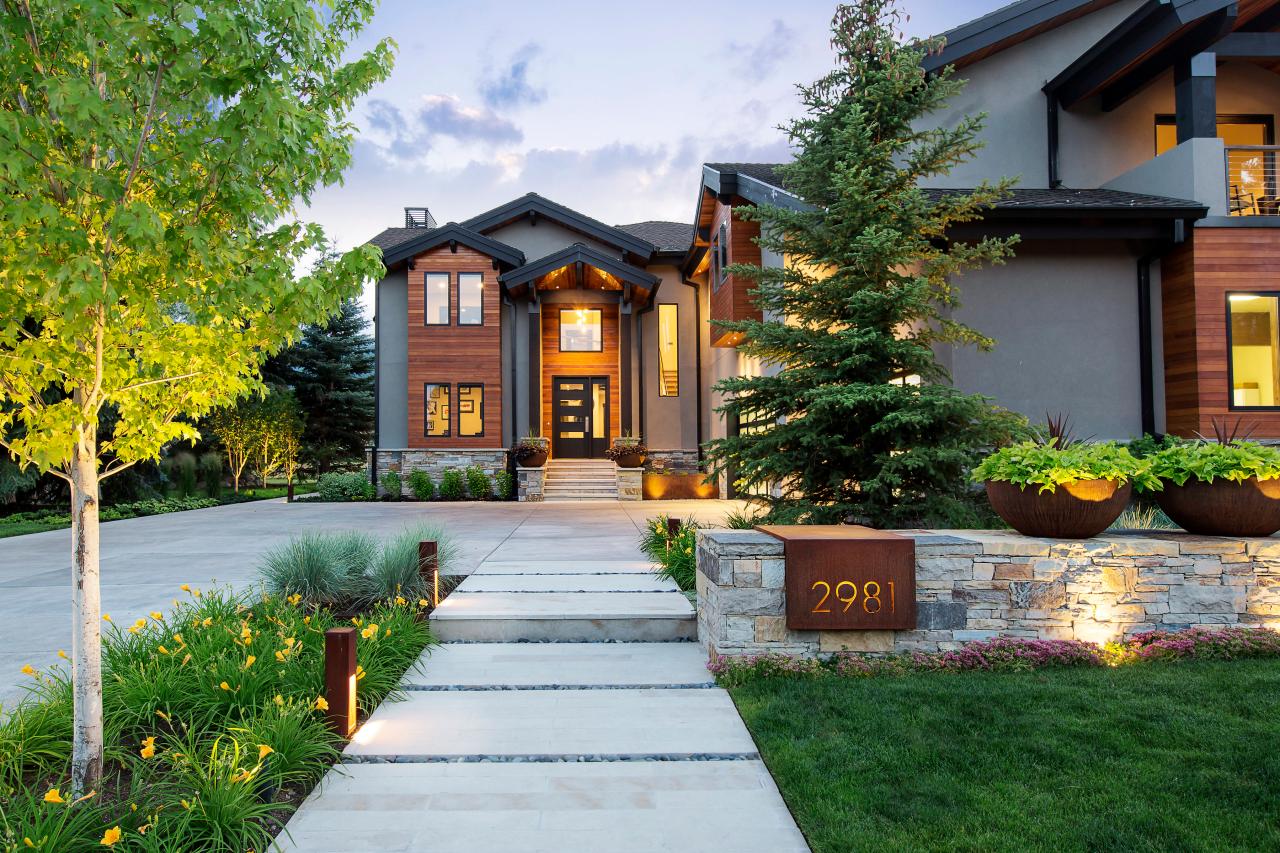

Garden Essentials
How To Do Front Yard Landscaping
Modified: March 7, 2024
Learn how to transform your front yard into a stunning garden with our step-by-step guide on front yard landscaping. Enhance your outdoor space with beautiful plants, hardscape elements, and creative design ideas.
(Many of the links in this article redirect to a specific reviewed product. Your purchase of these products through affiliate links helps to generate commission for Storables.com, at no extra cost. Learn more)
Introduction
Welcome to the world of front yard landscaping! Your front yard is the first impression guests have of your home, and creating a beautiful and inviting space can greatly enhance your curb appeal.
Whether you’re a seasoned gardener or just starting out, this comprehensive guide will cover everything you need to know about front yard landscaping. We’ll walk you through the steps of assessing your front yard, designing a layout, selecting plants, choosing hardscape features, installing landscaping elements, and maintaining your front yard to keep it looking its best.
Transforming your front yard into a stunning landscape not only adds visual appeal, but it also increases the value of your property. With careful planning and consideration, you can create a welcoming space that reflects your personal style and complements the architecture of your home.
So, grab your gardening gloves and let’s dive into the wonderful world of front yard landscaping!
Key Takeaways:
- Assess your front yard’s climate, soil, topography, sun exposure, existing features, and challenges to plan a cohesive and functional design that enhances your home’s beauty.
- Design a stunning front yard by setting clear goals, creating a focal point, balancing softscapes and hardscapes, and incorporating year-round interest for a welcoming and visually appealing landscape.
Read more: How To Clear A Yard For Landscaping
Assessing Your Front Yard
Before diving into any landscaping project, it’s important to assess your front yard to understand its current condition, layout, and any potential challenges you may need to address. Here are a few key factors to consider:
- Climate: Take note of your region’s climate and weather patterns. This will help you choose plants and materials that are suitable for your area, ensuring they thrive and withstand the conditions.
- Soil Quality: Evaluate the quality of your soil by conducting a soil test. This will provide insights into its pH levels and nutrient composition, allowing you to amend the soil as needed to create an optimal growing environment for your plants.
- Topography: Observe the slope or flatness of your front yard. This will impact drainage patterns and may require special considerations when planning your landscaping design.
- Sun Exposure: Monitor the amount of sun your front yard receives throughout the day. This information is crucial in determining which plants will thrive in the available light conditions.
- Existing Features: Take note of any existing features such as trees, shrubs, or structures that you wish to incorporate into your new design. These elements can serve as anchors or focal points in your landscape.
- Challenges: Identify any challenges or limitations your front yard may present. These can include limited space, poor drainage, or shade from nearby buildings. Understanding these constraints will help you work around them and find creative solutions.
Once you have assessed your front yard and gathered all the necessary information, you can move on to the next step: designing your front yard landscape. By taking the time to assess your space, you’ll be better equipped to create a cohesive and functional design that meets your needs and enhances the beauty of your home.
Designing Your Front Yard
Designing your front yard is an exciting and creative process that allows you to transform your vision into a reality. By following a few key principles, you can create a stunning landscape that enhances the overall aesthetic of your home. Here are some steps to help you design your front yard:
- Define Your Goals: At the beginning of the design process, determine your goals and priorities. Are you looking to create a low-maintenance garden, a colorful flowerbed, or a welcoming entrance? Having a clear vision will guide your decision-making throughout the design process.
- Create a Focal Point: Every well-designed front yard should have a focal point. This could be a stunning tree, a beautifully crafted fountain, or a unique architectural feature. The focal point serves as the centerpiece of your design and draws attention to your landscape.
- Consider Scale and Proportion: It is crucial to consider the scale and proportion of the elements in your front yard. Ensure that the size of plants, structures, and hardscape features are in proportion to your home. Avoid overcrowding or selecting plants that will quickly outgrow their space.
- Use Color and Texture: Incorporate a variety of colors and textures to add visual interest to your front yard. Select plants with different bloom times to ensure year-round color. Combine different foliage textures and incorporate hardscape elements, such as decorative stones or pathways, to create depth and contrast.
- Plan for Year-Round Interest: Aim for a front yard that looks appealing throughout the year. Include evergreen plants that provide structure and color during the winter months. Plant deciduous trees and shrubs for vibrant fall foliage, and consider perennials that bloom in different seasons.
- Create a Welcoming Entrance: Pay special attention to the entrance of your home. Use pathways, lighting, and plantings to guide visitors to the front door. Consider adding a welcoming front porch or seating area to create a warm and inviting space.
- Balance Softscapes and Hardscapes: Strive for a balance between softscapes (plants and greenery) and hardscapes (paved areas, decks, and structures). Too much hardscape can create a harsh and unwelcoming environment, while too much softscape may require excessive maintenance.
Remember, designing your front yard is a personal and creative process. Don’t be afraid to experiment and let your personality shine through. Consider seeking inspiration from garden magazines, online resources, and even neighboring front yards. With careful planning and attention to detail, you can design a front yard landscape that will leave a lasting impression on visitors and enhance the beauty of your home.
Selecting Plants for Your Front Yard
Choosing the right plants for your front yard is essential for creating a beautiful and thriving landscape. Here are some factors to consider when selecting plants:
- Climate and Hardiness: Select plants that are well-suited to your local climate. Consider the average temperature range, rainfall, and sun exposure in your area. Choose plants that are hardy and can tolerate the specific conditions of your front yard.
- Growth Habit and Size: Understand the growth habit and eventual size of each plant you choose. Consider how the plants will interact with other elements in your front yard and ensure they have enough space to grow without overcrowding.
- Bloom Time and Color: Choose a mix of plants that bloom at different times of the year, ensuring you have a constant display of color and interest. Consider different color schemes and how they will complement the overall design of your front yard.
- Foliage and Texture: Pay attention to the foliage and texture of the plants you select. Mixing different leaf shapes, sizes, and textures adds visual interest to your landscape. Consider the contrast between broad-leafed plants and those with finer, more delicate foliage.
- Water and Maintenance Needs: Be realistic about the amount of time and effort you can dedicate to watering and maintaining your front yard. Choose plants that have similar water needs and are low-maintenance, particularly if you have a busy lifestyle or limited time for gardening tasks.
- Native and Drought-Tolerant Plants: Consider incorporating native plants and drought-tolerant species into your front yard. Native plants are adapted to the local climate and require less water and maintenance. Drought-tolerant plants are also environmentally friendly and can help conserve water resources.
- Seasonal Interest: Include plants that offer year-round interest. Evergreen trees and shrubs provide structure and color during the winter months, while deciduous plants offer vibrant foliage in the fall. Additionally, consider planting perennials that bloom at different times throughout the year.
When selecting plants, it’s important to consider how they will complement the overall design of your front yard. Think about their placement in terms of height, layering, and grouping. Pay attention to the different plant forms and how they will contribute to the visual appeal of your landscape.
Don’t forget to consider the needs of the plants in terms of soil type, sun exposure, and drainage. Some plants thrive in sunny areas, while others prefer shade. Understanding these requirements will ensure your chosen plants thrive in their designated spots.
By carefully selecting the right plants for your front yard, you can create a diverse and visually appealing landscape that flourishes throughout the seasons, adds curb appeal, and brings joy to both you and your visitors.
Consider the climate and soil conditions in your area when choosing plants for front yard landscaping. Select low-maintenance plants that thrive in your specific environment to ensure a beautiful and sustainable landscape.
Choosing Hardscape Features
Hardscape features are essential components of your front yard landscaping, providing structure, functionality, and visual interest. Here are some considerations to keep in mind when choosing hardscape features:
- Pathways: Pathways not only serve a practical purpose of guiding visitors to and from your front door but also add visual appeal to your front yard. Choose materials such as flagstone, brick, or gravel that complement the style of your home and landscape design.
- Driveway: Your driveway is a prominent hardscape feature that can greatly impact the overall aesthetics of your front yard. Consider materials like concrete, gravel, pavers, or asphalt, taking into account durability, maintenance, and the architectural style of your home.
- Walls and Fences: Walls and fences provide privacy, security, and boundary definition for your front yard. Select materials that align with the style of your home, such as brick, stone, wood, or metal. Consider the height and design of walls and fences to ensure they complement the scale and proportions of your landscape.
- Water Features: A water feature, such as a fountain or pond, can add a sense of tranquility and create a focal point in your front yard. Consider the size, style, and sound of the water feature to ensure it fits seamlessly into your overall landscape design.
- Outdoor Lighting: Outdoor lighting not only enhances the safety and security of your front yard but also adds ambiance during the evening hours. Choose lighting fixtures that complement the architecture of your home and highlight key landscape elements, such as pathways, trees, and flowerbeds.
- Seating Areas: If space permits, consider incorporating a seating area in your front yard. This can be as simple as a bench or a small patio where you can relax and enjoy your surroundings. Choose furniture that is weather-resistant and comfortable.
- Planters and Containers: Planters and containers are a versatile way to add color and texture to your front yard. Utilize different sizes, materials, and styles to create visual interest and showcase your favorite plants or seasonal displays.
When choosing hardscape features, it’s important to ensure they harmonize with the overall style and architecture of your home. Consider the materials, colors, and textures that will complement the existing elements and create a cohesive look.
Remember, hardscape features should serve both aesthetic and functional purposes. While they add beauty and structure to your front yard, they should also enhance the usability and enjoyment of the space.
By carefully selecting and incorporating hardscape features into your front yard, you can create a visually appealing and functional landscape that reflects your personal style and adds value to your home.
Read more: How To Plan Landscaping For Your Yard
Installing Landscaping Elements
Once you have finalized your front yard design and selected the appropriate plants and hardscape features, it’s time to bring your vision to life by installing the landscaping elements. Here are some key steps to consider when installing your new landscape:
- Prepare the Site: Begin by clearing the area of any existing plants, debris, or obstacles. Level the ground and remove any weeds or unwanted vegetation that may interfere with the installation process.
- Install Hardscape Features: Start by installing the hardscape features such as pathways, driveways, walls, and fences. Follow the manufacturer’s instructions or seek professional help if needed to ensure proper installation and durability.
- Plant Placement: Before planting, determine the optimal placement of each plant based on its specific needs and the overall design of your front yard. Consider the mature size of the plants and provide enough spacing to allow for growth.
- Prepare the Soil: Prepare the soil in each planting area by loosening it with a garden fork or tiller. Remove any rocks, weeds, or debris, and amend the soil with organic matter or compost to improve its fertility and drainage.
- Plant Carefully: When planting, remove plants from their containers or burlap sacks, gently untangle any roots, and position them at the appropriate depth. Backfill the hole with soil, firming it gently around the roots. Water thoroughly after planting to help settle the soil.
- Mulching: Apply a layer of mulch around the base of your plants to help retain moisture, suppress weed growth, and provide insulation. Use organic mulch such as wood chips or shredded bark, spreading it evenly but not piling it against plant stems or trunks.
- Watering: Proper watering is crucial during the early stages of installation. Ensure that newly planted plants receive sufficient water to establish their root systems. Water deeply and consistently, taking into account the specific water requirements of each plant.
- Add Finishing Touches: Once the plants are in place, add the finishing touches to your front yard. Install outdoor lighting fixtures, arrange furniture in seating areas, and place decorative accents such as sculptures or garden ornaments.
Throughout the installation process, pay attention to the specific care requirements of the plants and hardscape features. Follow recommended pruning schedules, fertilize as needed, and monitor for any pests or diseases that may affect the health of your landscape.
Consider seeking help from professionals if you are unsure about certain installation tasks or require assistance with heavy machinery or specialized equipment. Proper installation ensures the long-term health and success of your front yard landscaping.
With each landscaping element carefully installed, your front yard will evolve into a beautiful and inviting space that enhances the overall aesthetics of your home and leaves a lasting impression on visitors.
Maintaining Your Front Yard
Maintaining your front yard is crucial to keep it healthy, vibrant, and visually appealing. Regular care and maintenance will help your landscape thrive and continue to enhance the overall beauty and curb appeal of your home. Here are some essential maintenance tasks to keep in mind:
- Watering: Provide your plants with an appropriate amount of water based on their specific needs. Monitor rainfall and adjust your watering schedule accordingly, ensuring that the soil is consistently moist but not waterlogged.
- Weeding: Regularly remove weeds from your front yard to prevent them from competing with your plants for nutrients, water, and sunlight. Pull them out by hand or use gardening tools to remove both the weed and its roots.
- Pruning and Trimming: Prune and trim your plants regularly to maintain their shape, remove dead or diseased branches, and encourage healthy growth. Trim any overgrown hedges or shrubs to maintain a neat and tidy appearance.
- Fertilizing: Feed your plants with appropriate fertilizers to provide them with essential nutrients. Choose fertilizers suitable for the specific needs of your plants, and apply them according to the recommended dosage and timing.
- Mulching: Replenish mulch around your plants annually to retain moisture, suppress weeds, and improve the overall appearance of your front yard. Ensure that the mulch layer is not too thick, as this can hinder water penetration and lead to root rot.
- Regular Cleaning: Keep your front yard clean and free of debris by regularly sweeping or raking leaves, removing fallen branches, and cleaning pathways and outdoor furniture. This will help maintain a neat and welcoming appearance.
- Pest and Disease Control: Monitor your front yard for any signs of pests or diseases. Identify and treat any issues promptly to prevent them from spreading and causing damage to your plants. Utilize organic or environmentally friendly methods whenever possible.
- Seasonal Maintenance: Adjust your maintenance routine based on the changing seasons. In the fall, clean out gutters, remove fallen leaves, and prepare your plants for winter. In the spring, remove debris, prune, and prepare the soil for new growth.
Regularly inspect your front yard for any signs of problems or changes in plant health. This will allow you to address issues early on and prevent further damage. Keep an eye out for signs of nutrient deficiency, pests, diseases, or any other abnormalities.
Finally, consider seeking professional assistance for certain maintenance tasks or for guidance on specific plant care techniques. Regular care and maintenance will help your front yard flourish and continue to be a source of pride and beauty for your home.
Conclusion
Congratulations on completing this comprehensive guide to front yard landscaping! By now, you should have a solid understanding of how to turn your front yard into a stunning and inviting space that complements your home’s aesthetics and increases its curb appeal.
Remember, front yard landscaping is a creative process that allows you to express your personal style and create a welcoming environment for both you and your visitors. By assessing your front yard, designing the layout, selecting the right plants and hardscape features, installing them with care, and maintaining them regularly, you can transform your front yard into a beautiful outdoor space that reflects your unique personality.
As you embark on your front yard landscaping journey, don’t be afraid to experiment and think outside the box. Incorporate native plants, consider sustainable and eco-friendly practices, and be mindful of the specific needs of your plants and hardscape elements.
Additionally, continue to educate yourself about gardening techniques, stay updated on the latest trends, and seek inspiration from other successful front yard landscapes. Remember that gardening is a lifelong learning experience, and there is always room for growth and improvement.
Lastly, enjoy the process! Gardening can be incredibly rewarding and therapeutic. Take the time to appreciate the beauty of nature and the transformation you have brought to your front yard. Share your passion with others and inspire them to embark on their own landscaping projects.
So, grab your gardening tools, put on your gloves, and let your creativity bloom in your front yard. With a little knowledge, planning, and dedication, you can create a front yard that will be the envy of the neighborhood and a place you can truly call your own.
Frequently Asked Questions about How To Do Front Yard Landscaping
Was this page helpful?
At Storables.com, we guarantee accurate and reliable information. Our content, validated by Expert Board Contributors, is crafted following stringent Editorial Policies. We're committed to providing you with well-researched, expert-backed insights for all your informational needs.
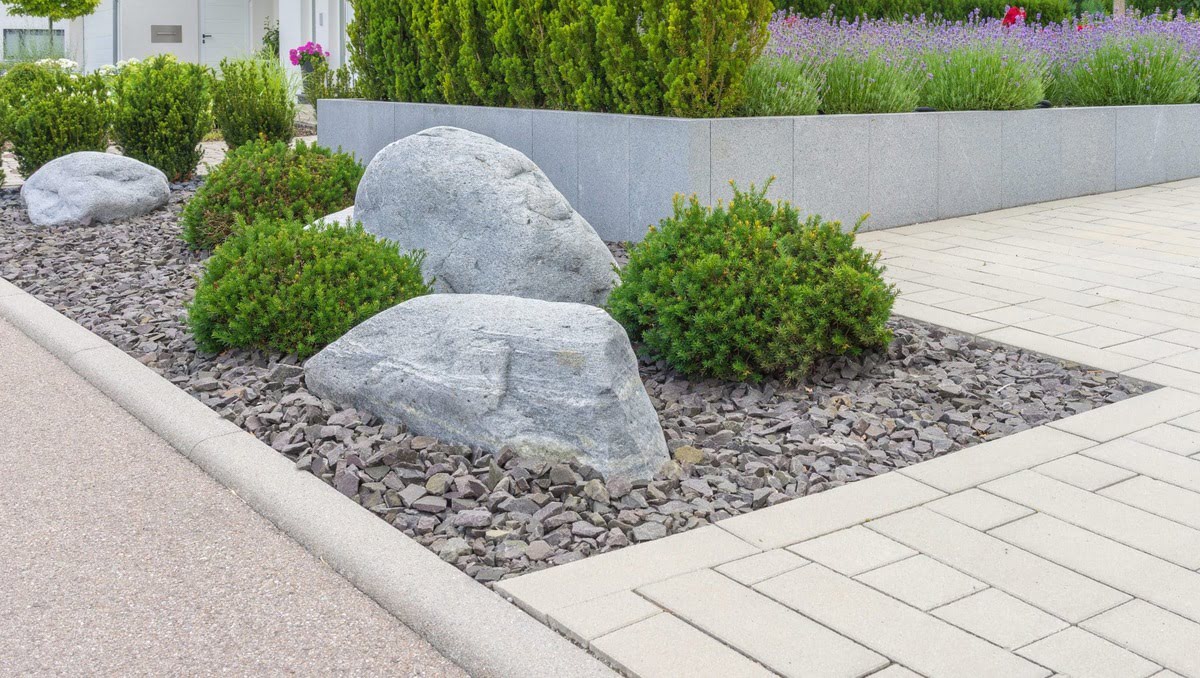
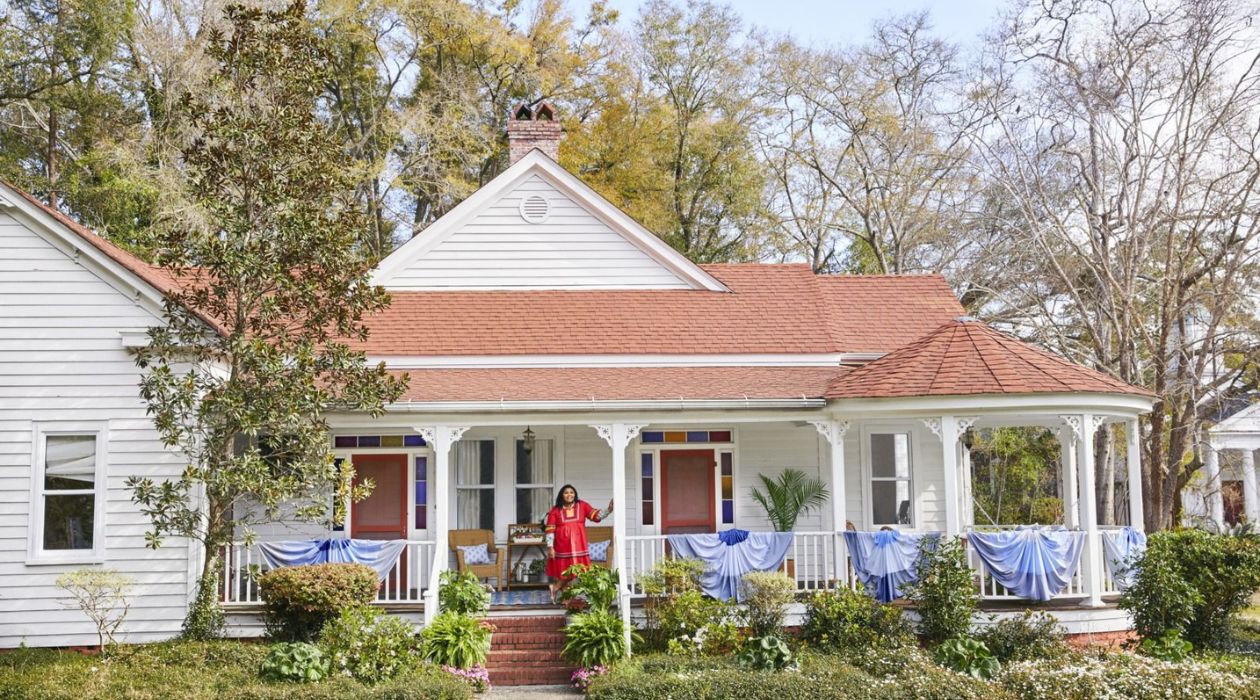
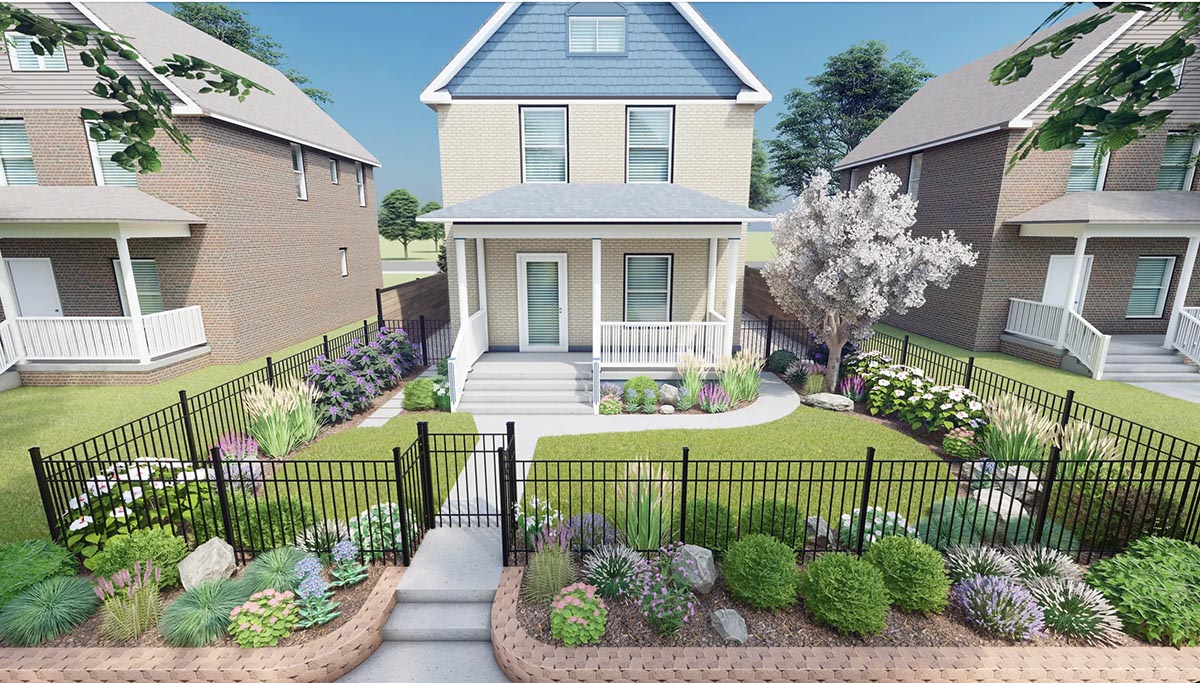
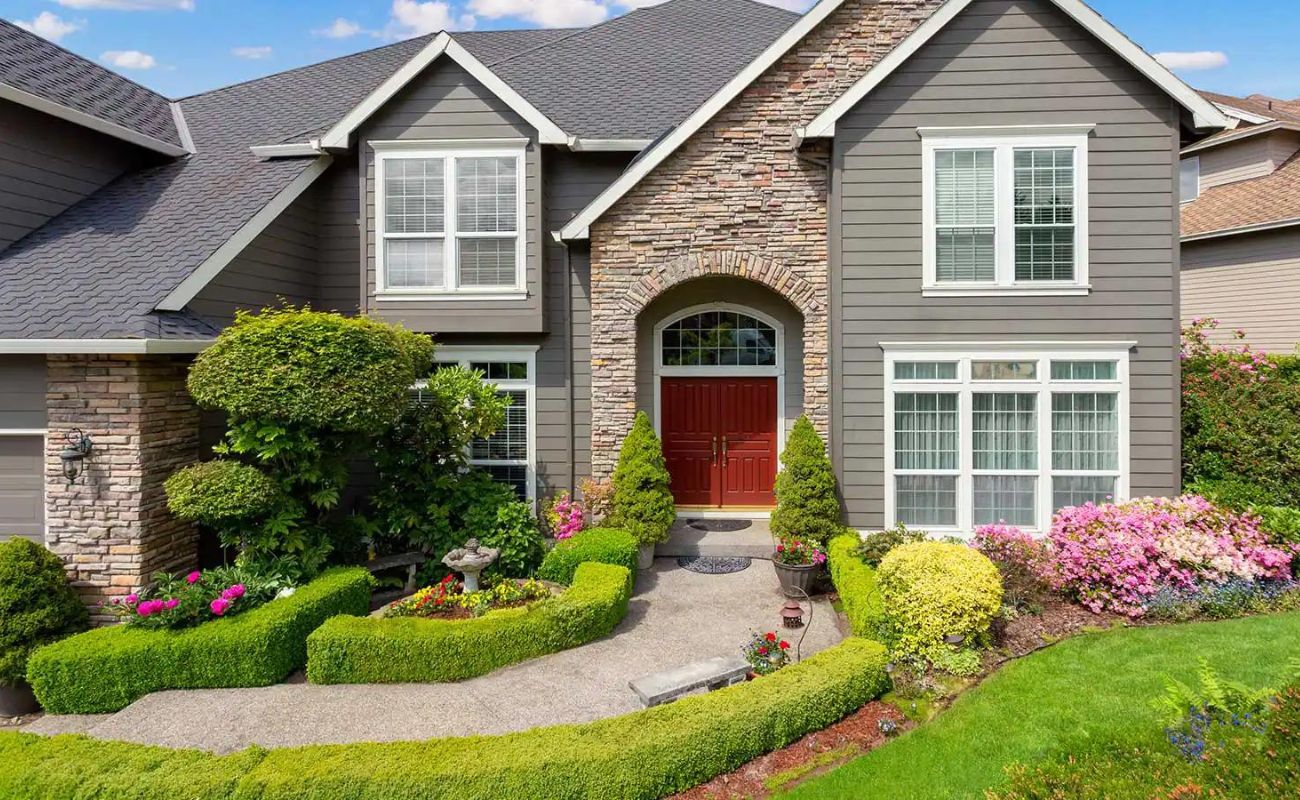
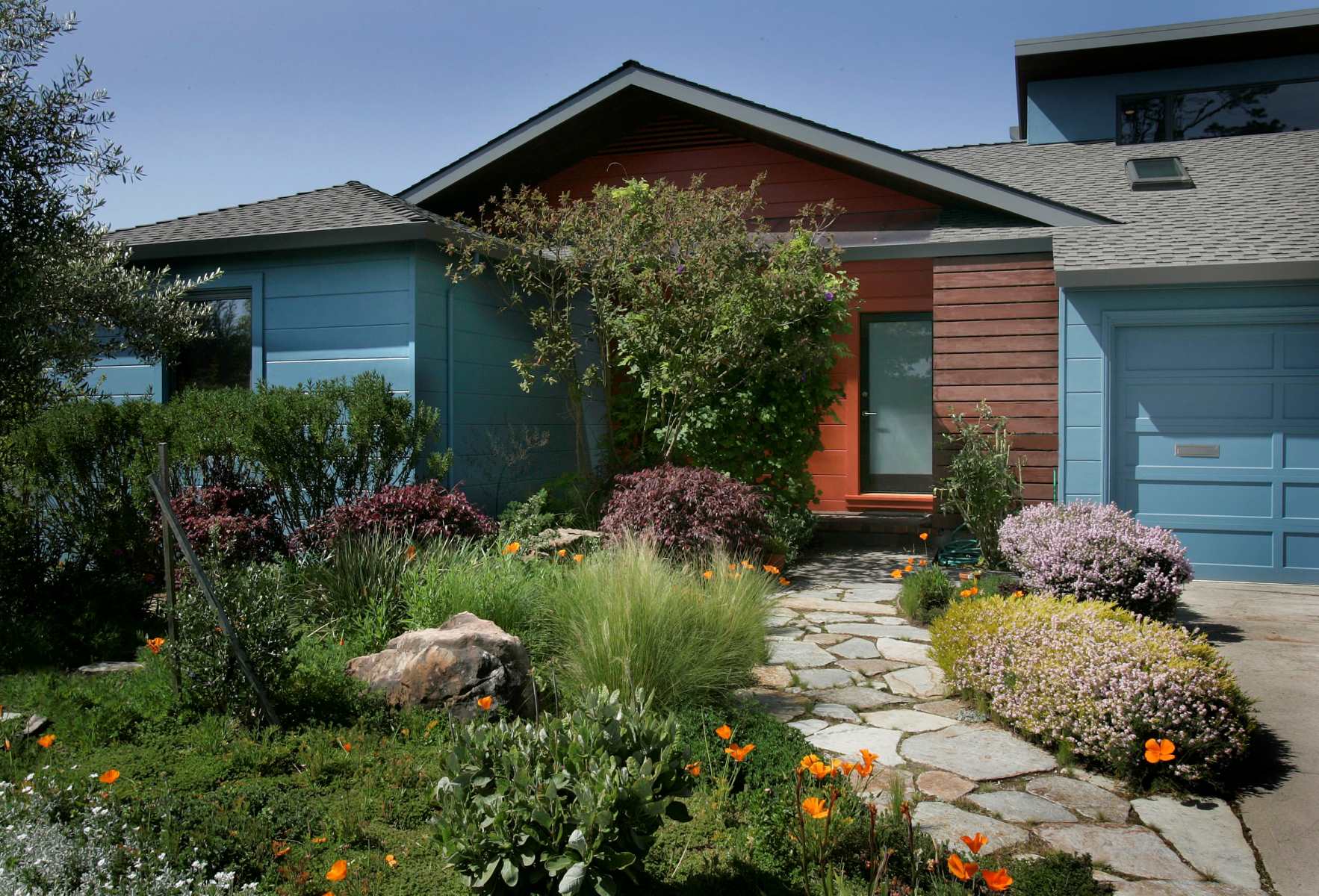
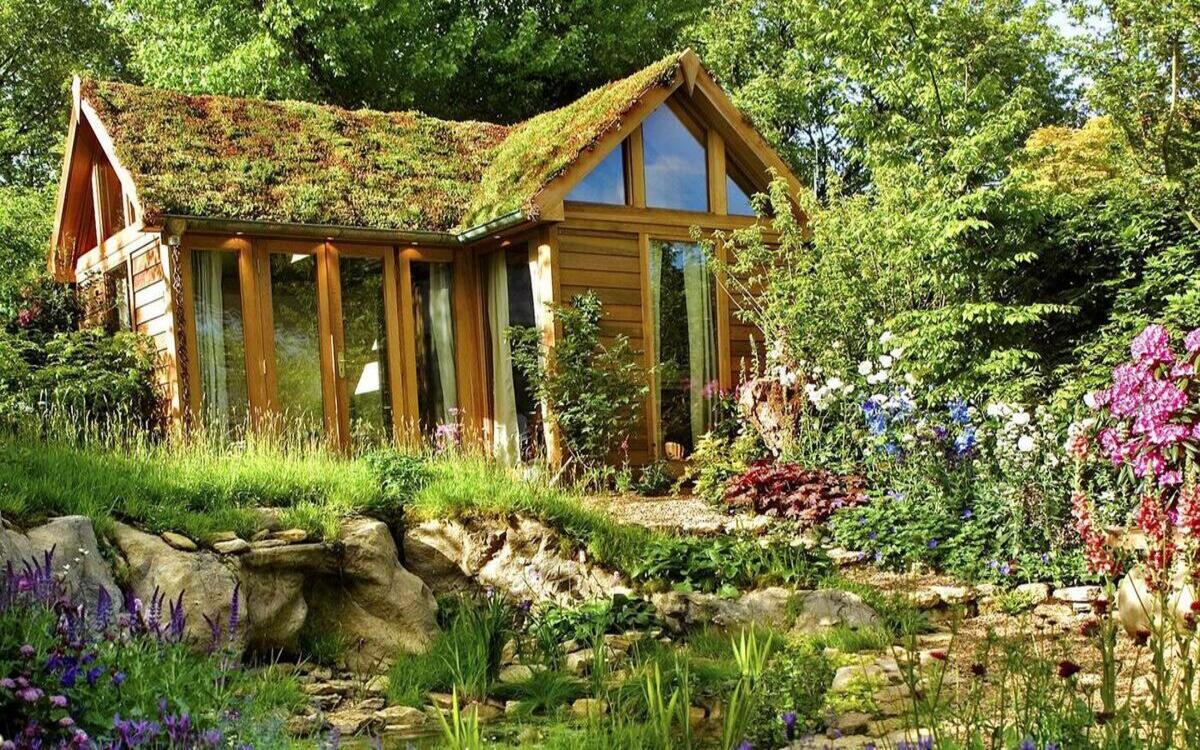
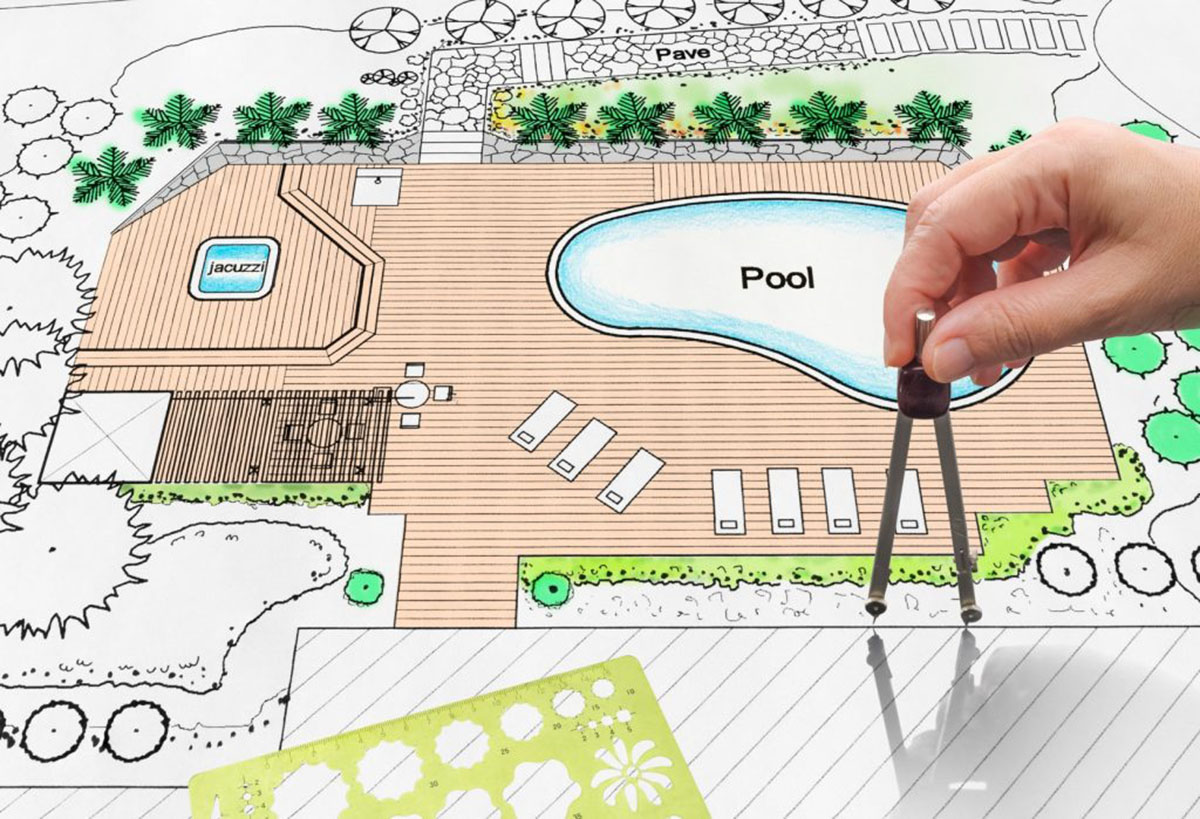
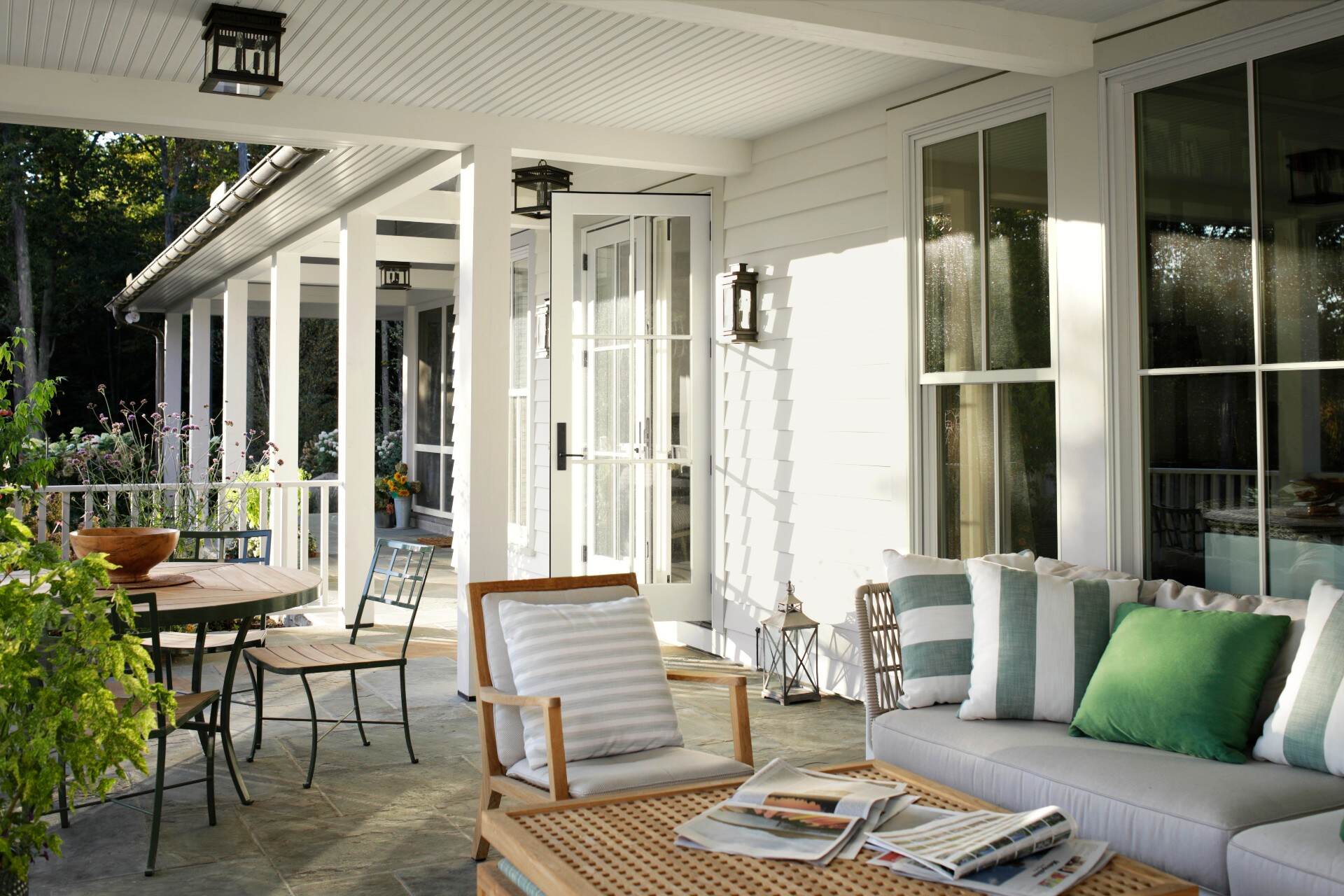
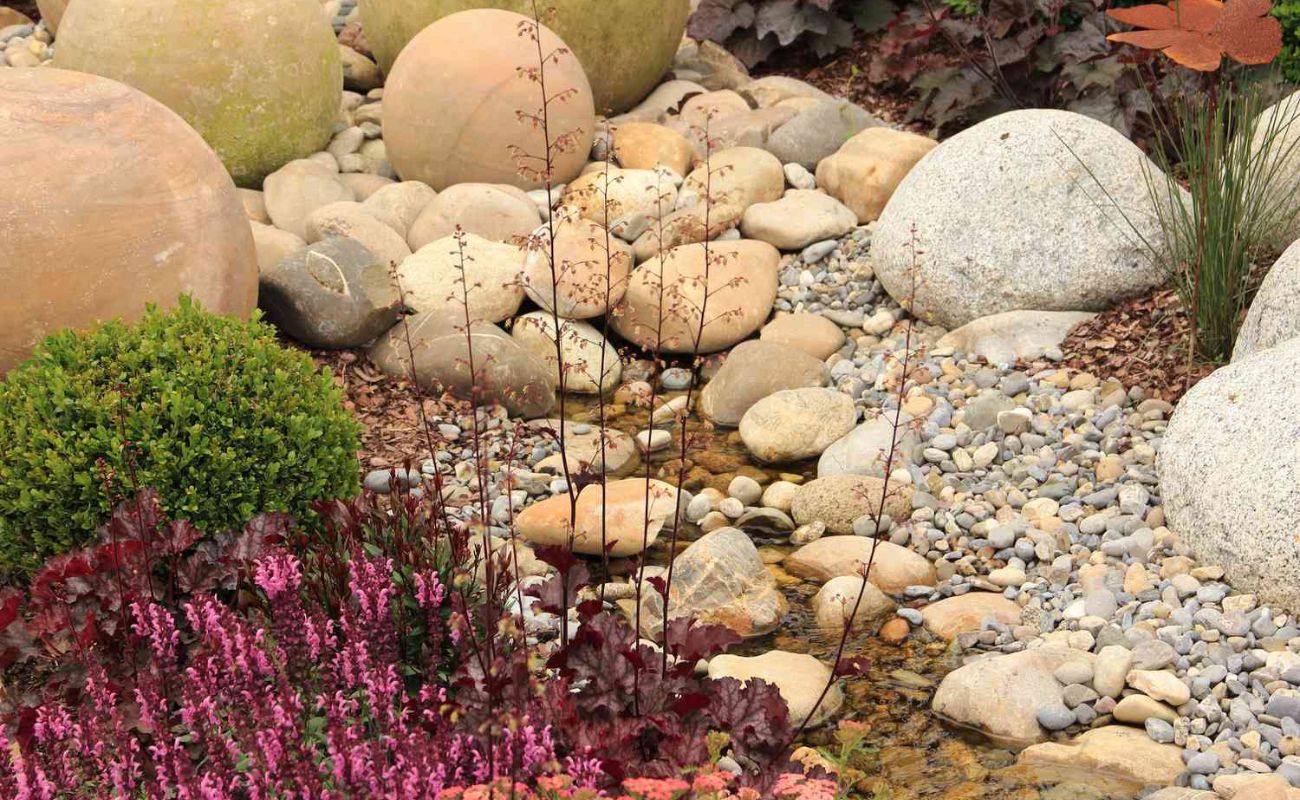
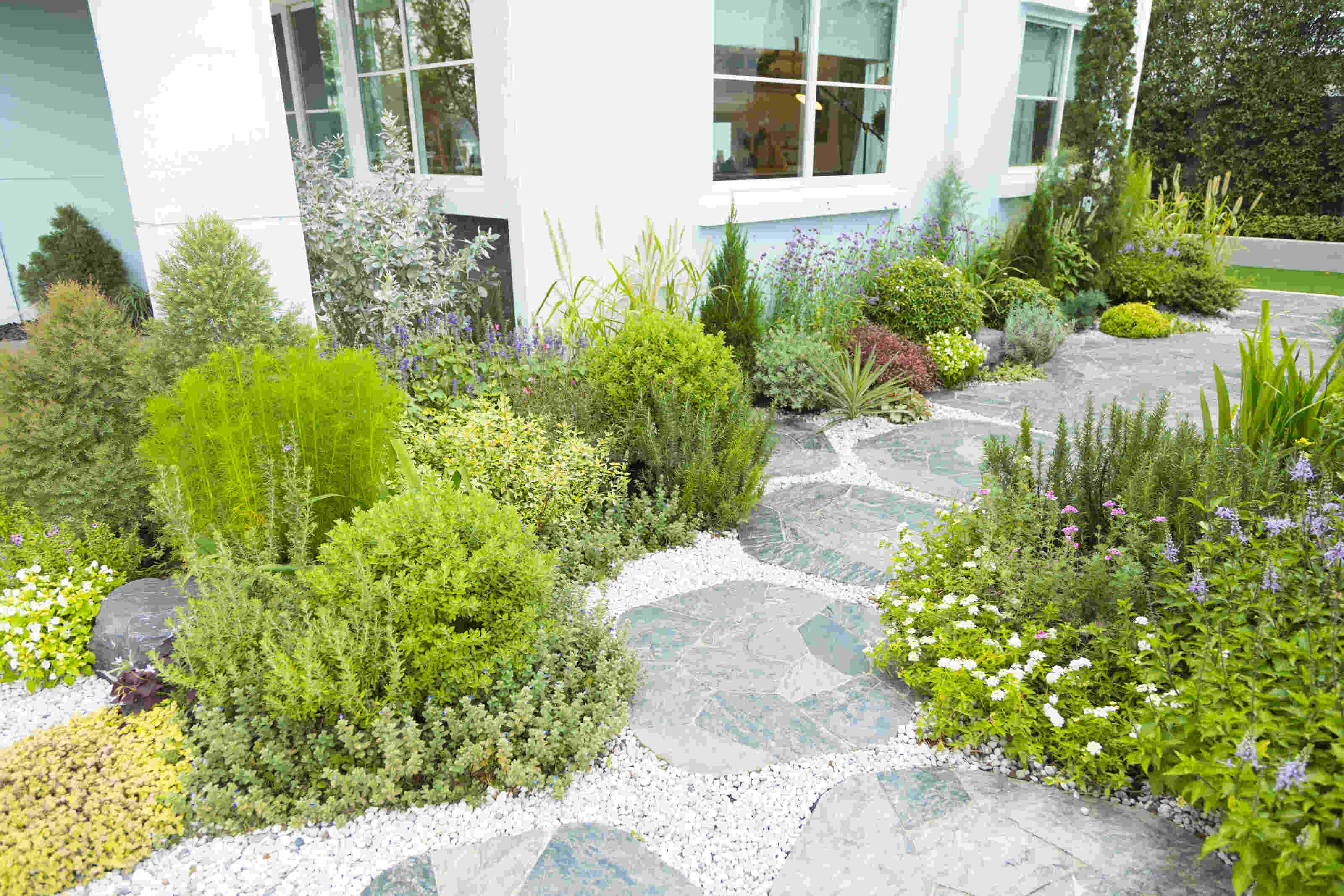
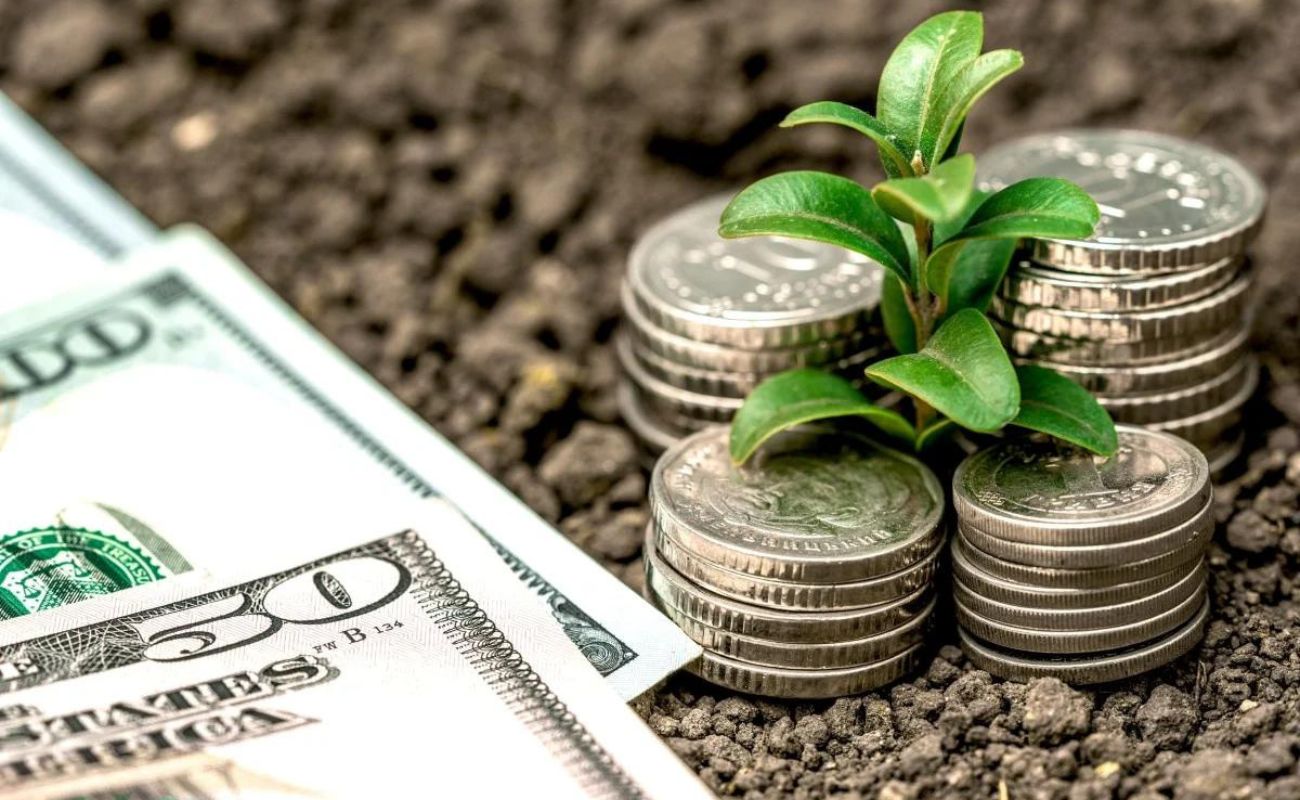
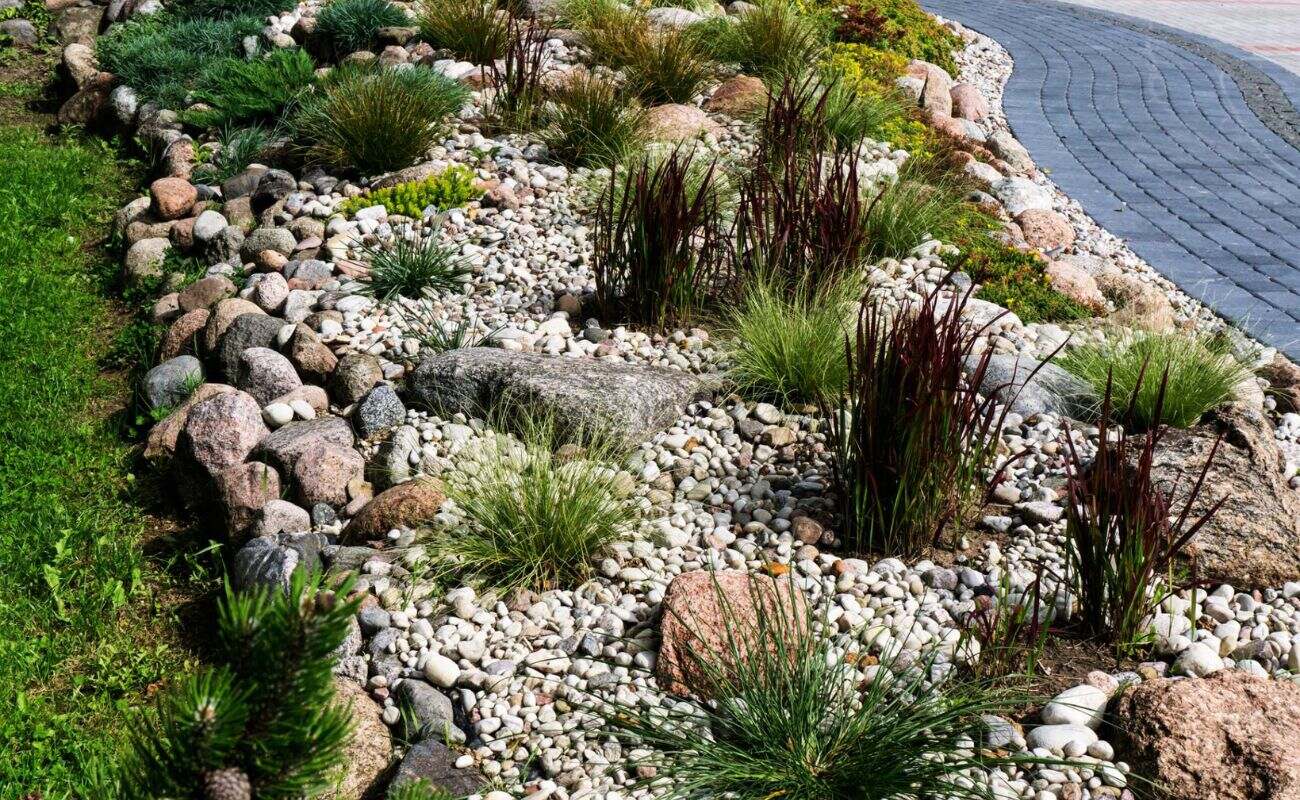
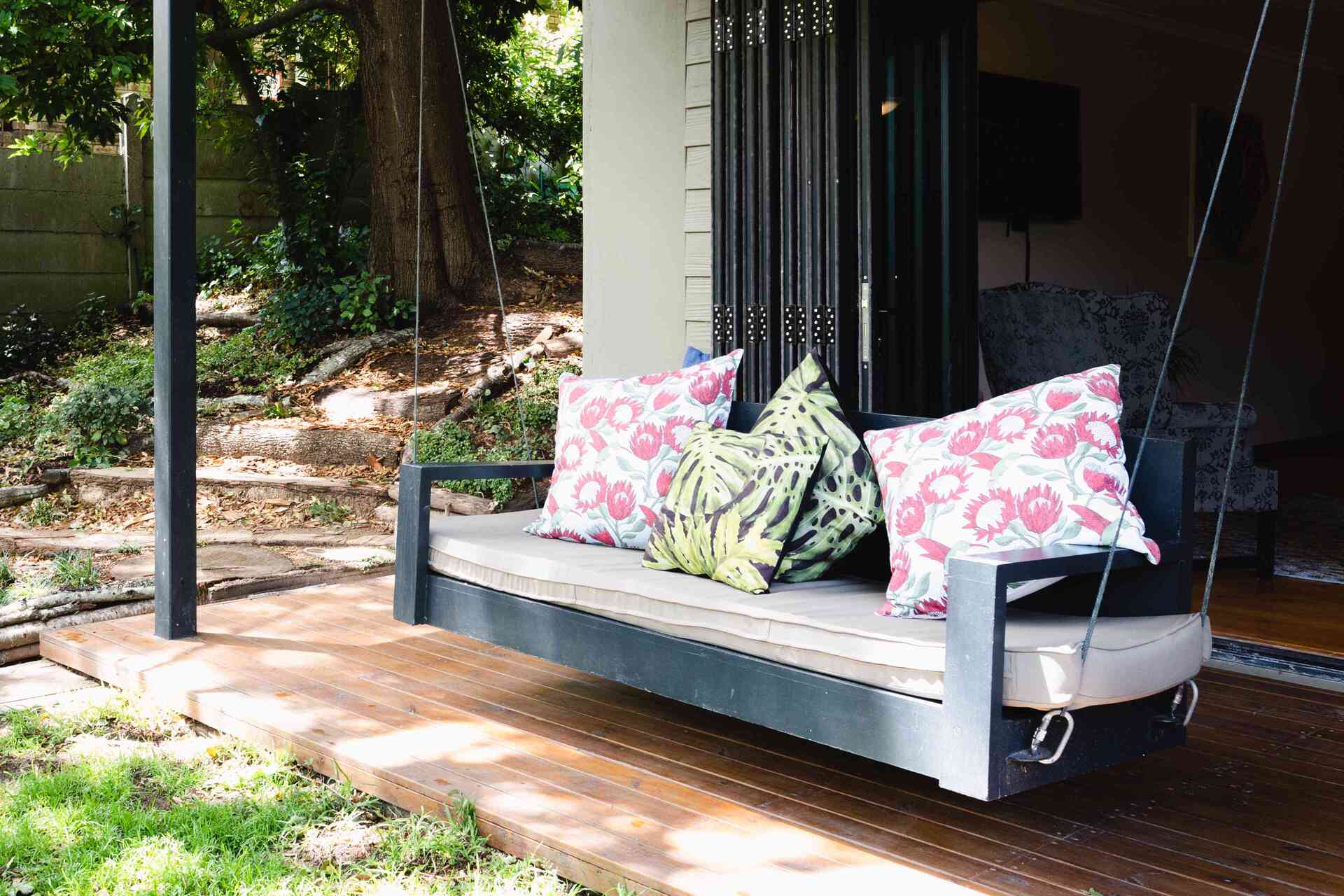
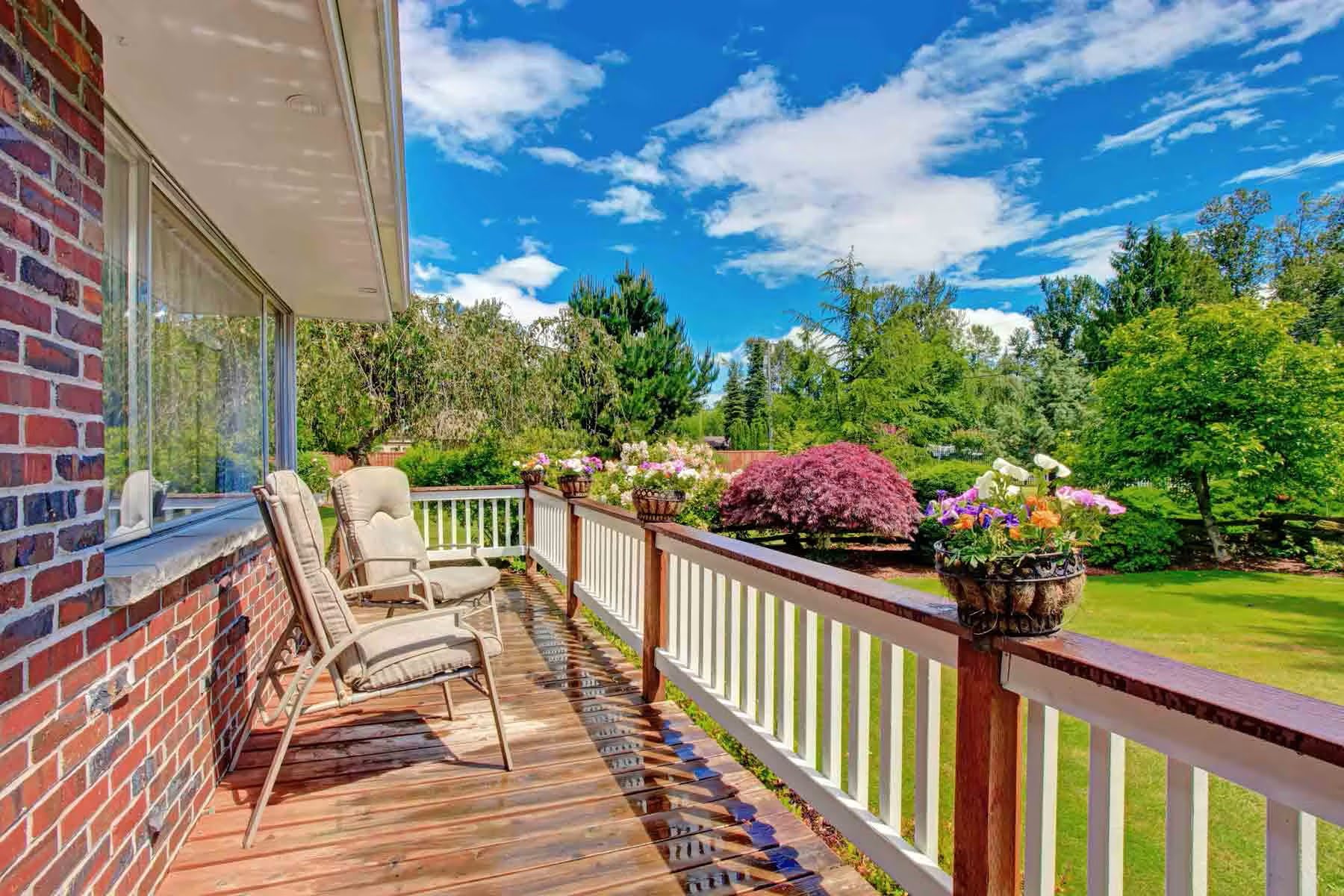

0 thoughts on “How To Do Front Yard Landscaping”